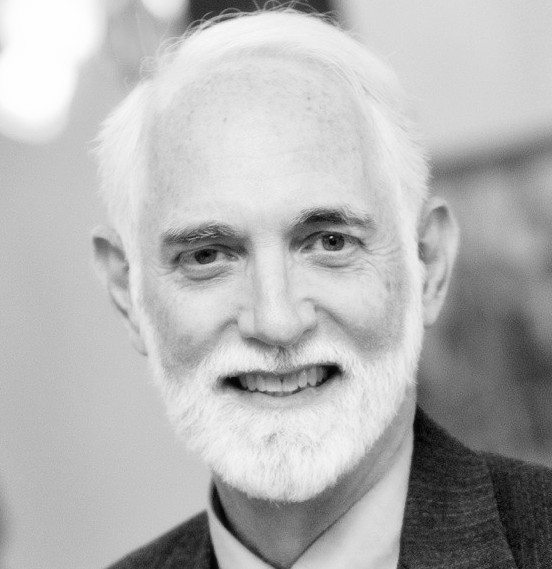1. Prepare your pipeline of possible projects. I had a colleague once who explained to me that every year her boss told her that the organization’s priorities for funding had changed and that they would be looking for projects in other parts of the business to develop and promote. She should scale back her program. She smiled and said she understood, but she went right ahead and kept her pipeline of possible projects “warm.” Toward the end of every year, her boss would come to her and ask whether she had any projects that she could bring up quickly to fill the gap between what he had promised and what was on the schedule for delivery. She always seemed to have a few.

Her secret was that she made her own assessment of the organizational landscape and the market. She had her own views of what opportunities were coming. This is part of taking the “long view” which I have described before. Develop your view of what impact you want to have. Translate that view into projects you want to do someday. Sometimes you will change bosses, or jobs, or organizations before the opportunity comes, but knowing what you want to accomplish is a tremendous advantage in life if you want to make an impact.
2. Appreciate the importance of timing. Making an impact is often as much a function of choosing the right timing as it is having the right idea or right project. Maintain and develop your pipeline of potential projects (what I sometimes think of as “collecting interesting problems”) increases the likelihood that you will be ready when that time comes. Often, what is possible depends on whether you have the right people in key positions who have the vision or the implementation skills or the political capital.
Timing may be a matter of available budget or the right crisis for others to see the benefit of an idea. Sometimes it is finding the right person to lead the charge who may also need to take the credit. Getting the timing right takes an unusual mix of patience and quick action.
3. Explore and leverage the “adjacent possible.” The concept of the adjacent possible was developed by theoretical biologist, Stuart Kauffman, and popularized by Steven Johnson in articles like The Genius of the Tinkerer, and books like his recent one, How We Got to Now. (Also a PBS series airing Wednesdays in October 2014) The adjacent possible is the edge or boundary between organization and chaos where new combinations produce innovation and change. With each venture across the boundary, the adjacent possible expands to produce even more opportunities. As Johnson says,
The adjacent possible is a kind of shadow future, hovering on the edges of the present state of things, a map of all the ways in which the present can reinvent itself.
Johnson is fond of the example of Gutenberg’s printing press as a “classic combinatorial innovation” which brought together adjacent possibilities of movable type, ink, and the screw press to create printed books in quantity. He goes on to track related ventures into the adjacent possible as books create a mass of readers who now realize they are farsighted. This creates a market for corrective lenses which supports parallel experimentation and innovations with lens grinding that leads to a broad expansion of the known universe based on what we can see with microscopes and telescopes. This is not a linear process, but the recombination of multiple advances into the adjacent possible.
To make an impact often requires that you develop the skills of combining and recombining your ideas and projects with the opportunities present in the adjacent possible. Frequently, the secret to making an impact is not a new idea, but a novel approach to combining that idea with other innovations from totally different areas of exploration.


6 responses to “Three Secrets to Making an Impact: Pipelines, Timing and Exploring the “Adjacent Possible””
Thanks for this, Giles. Hadn’t heard the term before, but it’s a good image for what we are developing here in the aftermath of the referendum.
That’s a great concept. Quite closely related to what Steve Johnson and Thomas Kuhn write about in their books. Or, the law of unintended consequences.
A related concept from nature that I ran across this morning.
http://themetapicture.com/when-they-brought-these-wolves/
Yes, I like his term “trophic cascade” and the role of apex predators in an ecosystem. (cf. Kingsolver’s Prodigal Summer). I think some of the subtle differences among these various concepts is interesting, too. There is a link in the post to Steve Johnson’s work and perhaps you noticed that PBS starts a series this week based on his latest book. I like his idea of the “long zoom” of history. Fun stuff. It must be fascinating when all these folks get together at places like the Long Now Foundation.
The documentary on PBS is outstanding (I watched the one called “Clean”) and it really illustrated the “adjacent possible”. I was so surprise to see how some discoveries, such as mapping sickness in London and correlating with water pumps, not only solved the “mystery” of spreading a disease, but also changed the way the world started using data and graphs for other analytical purposes. Awesome show and great blog post, as usual!
Thanks. Glad you enjoyed the post and were able to see the PBS show. There is another on Time and one on Glass and maybe others. I think there were six in the book. I had heard the story the “cholera map” before, but the added bit about the brewery workers not getting sick because they were drinking bottled beer rather than pump water was a new wrinkle in the story.